" Rare - Stamped "
Rare - Stamped "I. PAFRAT" - "Silent servant" in mahogany - Louis XVI periodIt was in the 18th century that the growing desire to have more intimate living rooms was felt. This movement quickly influenced furniture and interior decoration in all its forms. Everyday objects are presented in smaller dimensions, beds, tables, chairs, or even armchairs, sporting a refined design and less imposing than during previous artistic movements.
It is above all the century of thought, philosophy and intimacy. The latter becomes, at this predominant point, that a fashion emerges in the more affluent layers of the company, the dinner or the intimate supper, without intervention of the house staff.
Whether it was for romantic dates or to organize the nearby French Revolution, you did not need prying ears.
This boom in intimacy is also bringing about changes in lifestyles. We prefer meals without a servant, to enjoy total freedom without fear that certain discussions will be repeated. It is in this intimate state of mind that the silent servant is born. Replacing the men and women serving around the meal, this object offers diners access to the various dishes by eliminating the presence of the server.
Our furniture, in perfect condition, is inlaid in mahogany on all sides.
The one seen by the "guests" is in speckled mahogany.
This "silent servant" consists of:
- a tray supporting a veined white marble, including 2 zinc ice cream trays in perfect condition.
The gallery of the top is in solid mahogany.
- a “necessary” drawer;
- of 2 mahogany glass-rest shelves
It rests on 4 feet, in the style of CANABAS, terminated by small varnished gilded bronze castors.
Stamped "I. PAFRAT" Louis XVI period around 1785.
Dimensions: H: 78 - L: 49 - W: 38
Jean-Jacques PAFRAT (? -1793) -
Master's degree obtained on September 3, 1785.
Cabinetmaker of the reign of Louis XVI, since his studio rue de Charonne in Paris,
Pafrat is known for having produced major works sold to wealthy individuals like a secretary and a chest of drawers in suite for the apartment of the Duke of Orleans at the Château de Raincy , circa 1785. These two lots were confiscated in 1793 and are now kept at the Palace of Versailles. (illustrated in A. Pradère, Les Ebénistes français de Louis XIV à la Révolution, Editions du Chêne, 1989, p. 423, nos. 522 and 523).
The use of mahogany veneer is characteristic of furniture from the Louis XVI period, giving it the sobriety and elegance demanded by neoclassical rigor. Jean-Jacques Pafrat mainly produced furniture of a very high quality of execution and finish, marking a clear preference for the sober and clean lines and the beauty of veneer to the detriment of the bronze ornaments which he used in moderation. .
He thus placed himself in line with the rationalist current in vogue in Paris in the years 1785.
The Journal des Luxus perfectly summed up this trend by declaring, in 1787, that "the spirit of real furniture, comfortable and in good taste , is in the convenience, the simplicity and the purity of the lines ”.
Jean-Jacques PAFRAT leaves behind him only a few rare Louis XVI pieces of furniture stamped in mahogany, with rigorous lines with a very sober and refined decoration composed of some bronze moldings and flutes.
On some of his works, we sometimes observe profiled columns that tapering downwards, adorned with grooves. The stamp of this cabinetmaker also appears next to that of Martin Carlin (circa 1730-1785) on a small music and writing table adorned with Sèvres porcelain plaques preserved in London, in the collections of the Victoria and Albert Museum ( inv. 1057-1882) as well as on a breakfast table at the Victoria & Albert Museum, London (see: O. Brackett, Catalog of the Jones Collection, Part I - Furniture, London, 1930, no. 44).
The Revolution shortens the brief career of Pafrat He is known to have participated in the storming of the Bastille and it was these political affinities that put an early end to his brilliant career while supporting the revolutionary forces. He enlisted in the armies of the Republic, campaigned with the armies of the North as captain of gunners. Wounded at the Battle of Linselles, he died shortly after in a hospital in Lille.
MUSEUMS
Commode - Carnavalet Museum
BIBLIOGRAPHY
French Furniture of the 18th Century - Pierre Kjellberg - Les Editions de l'Amateur - 2002 Cabinetmakers of the 18th Century - Count François de Salverte - Editions of Art and History - 1934


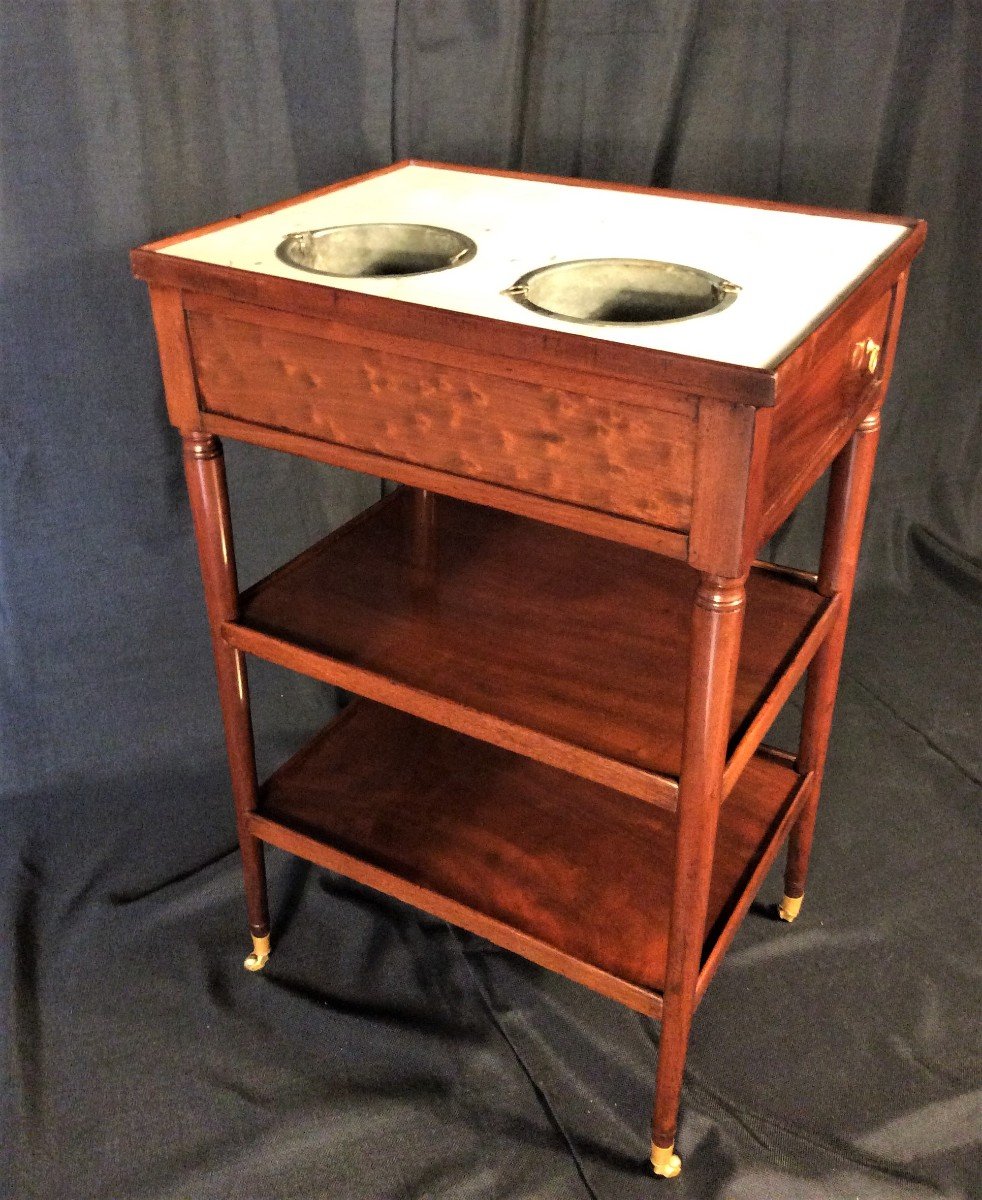
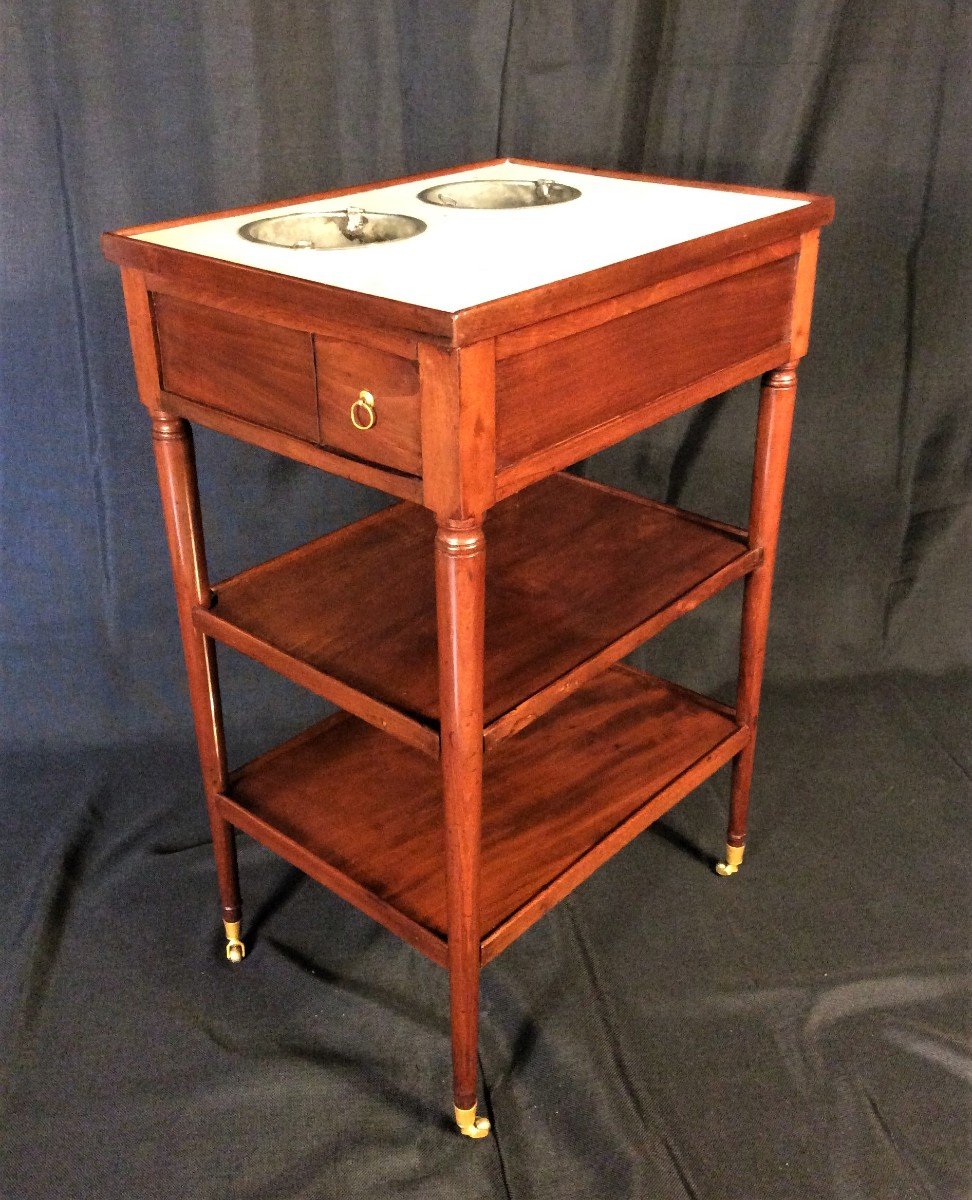
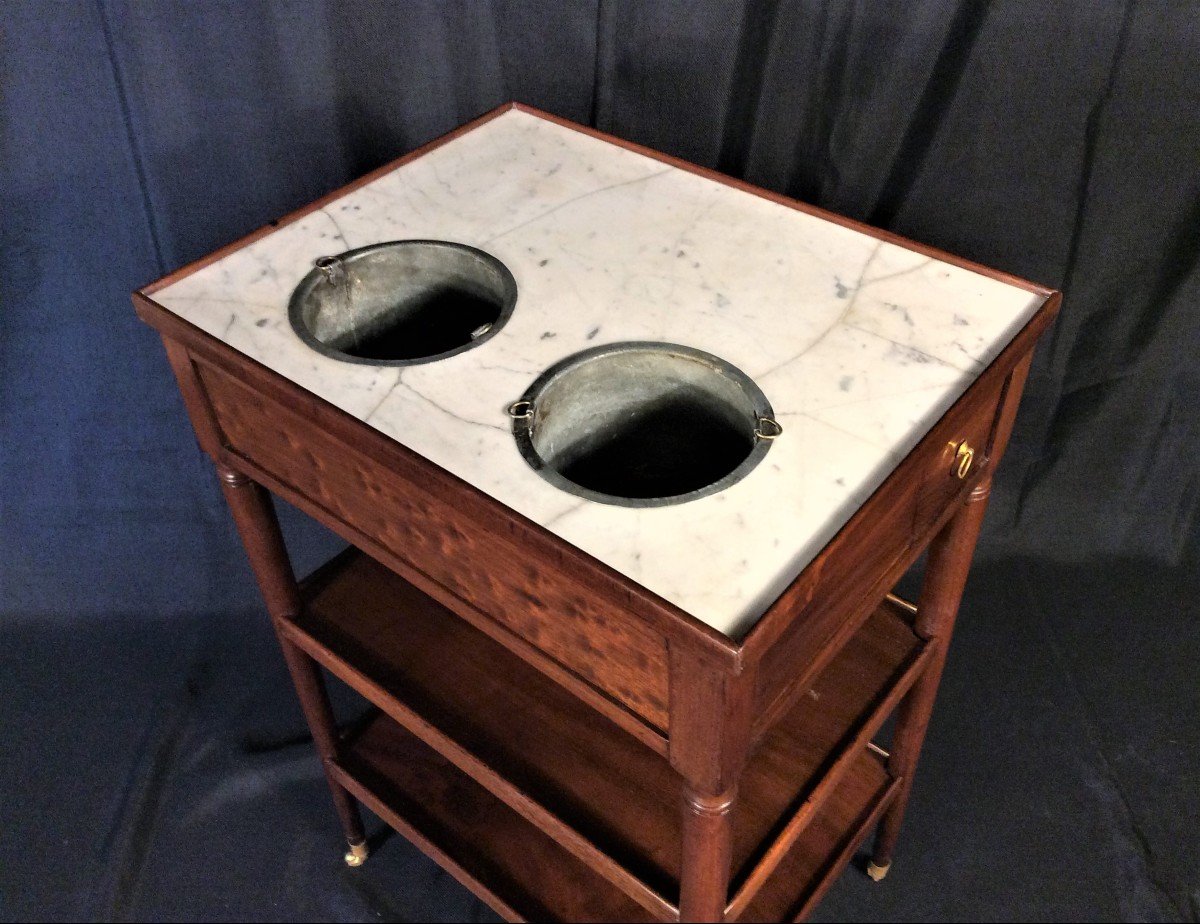
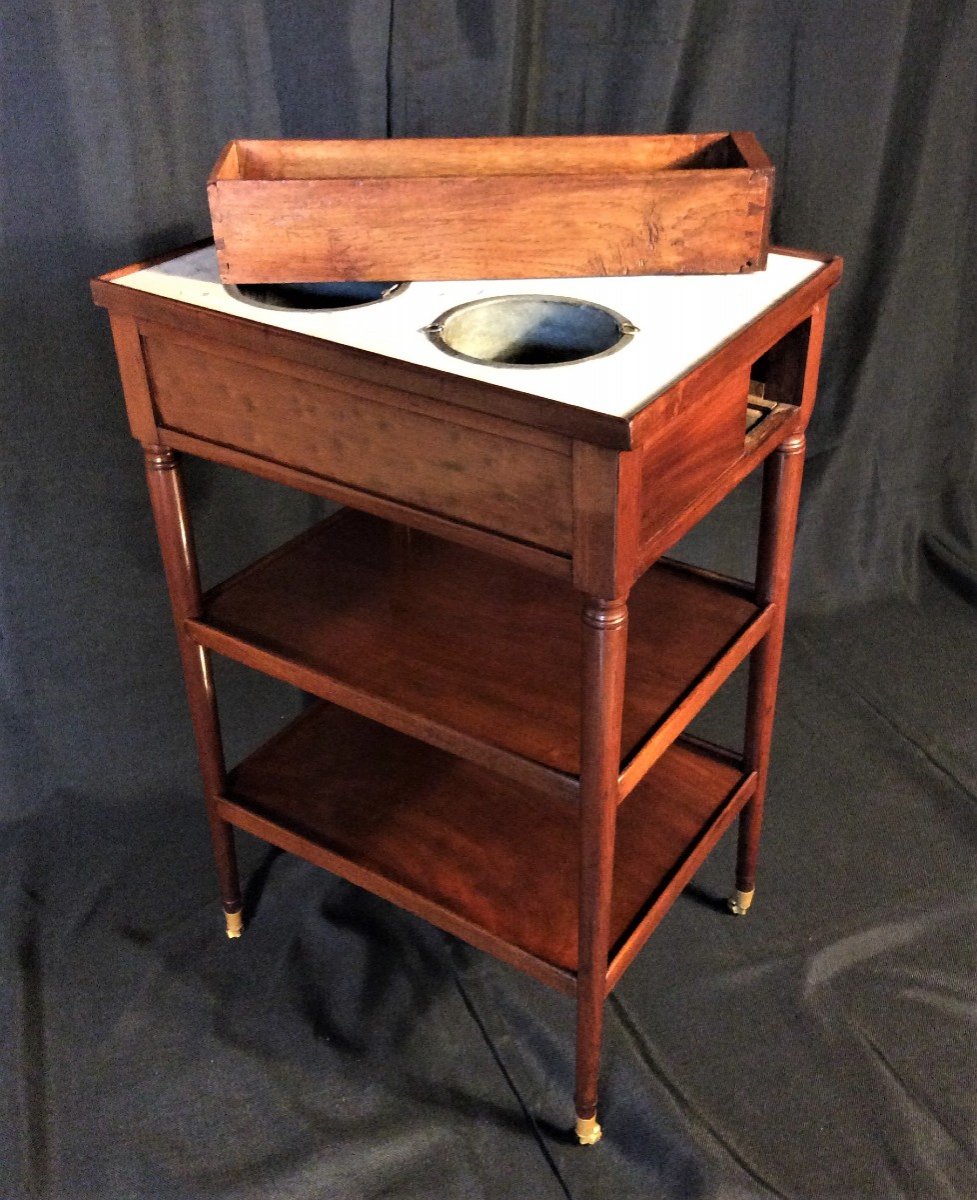
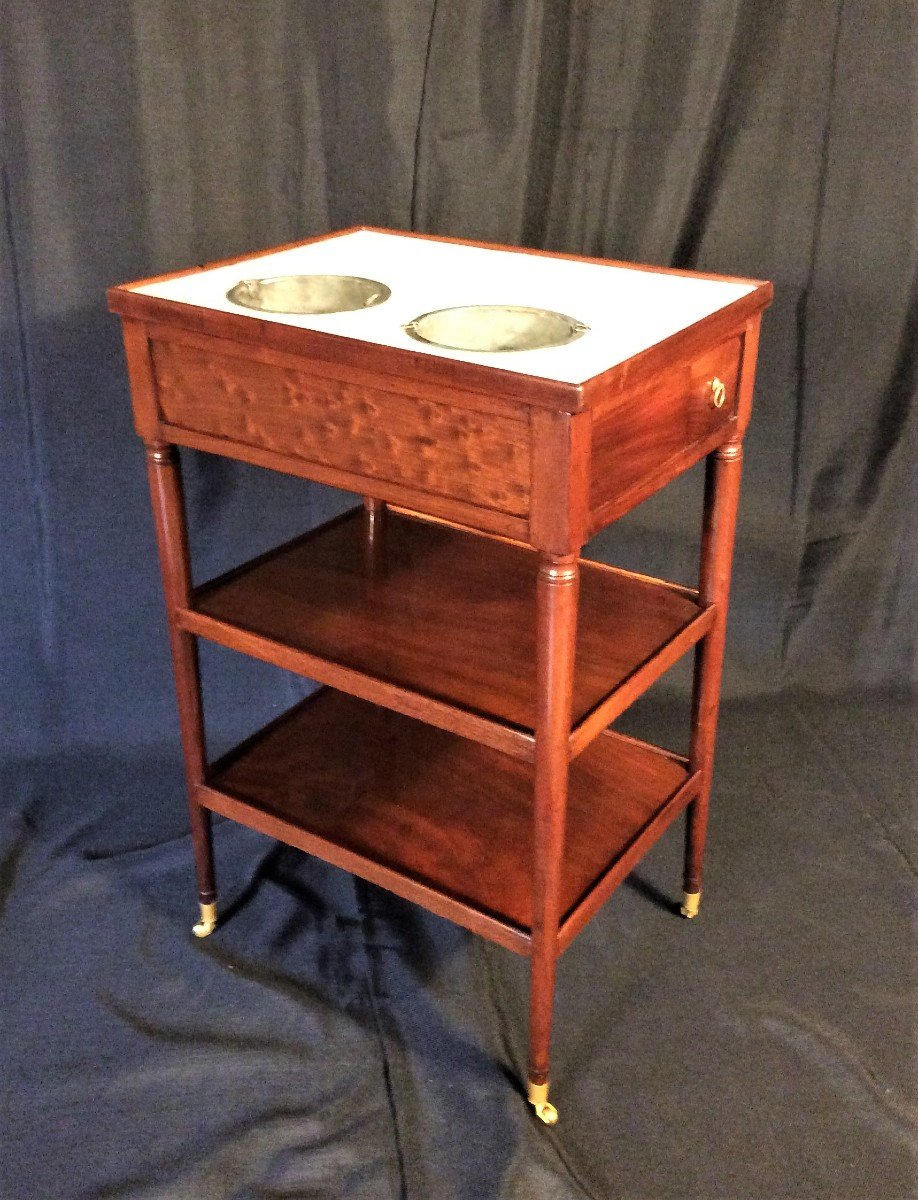

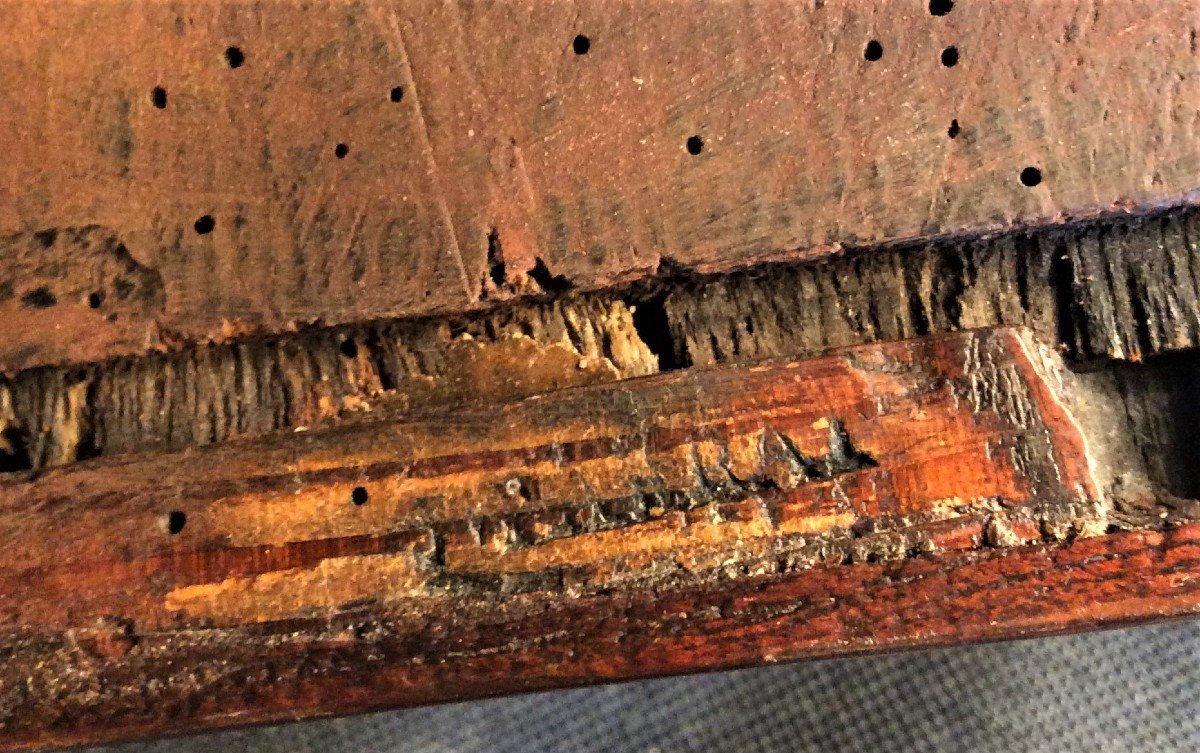





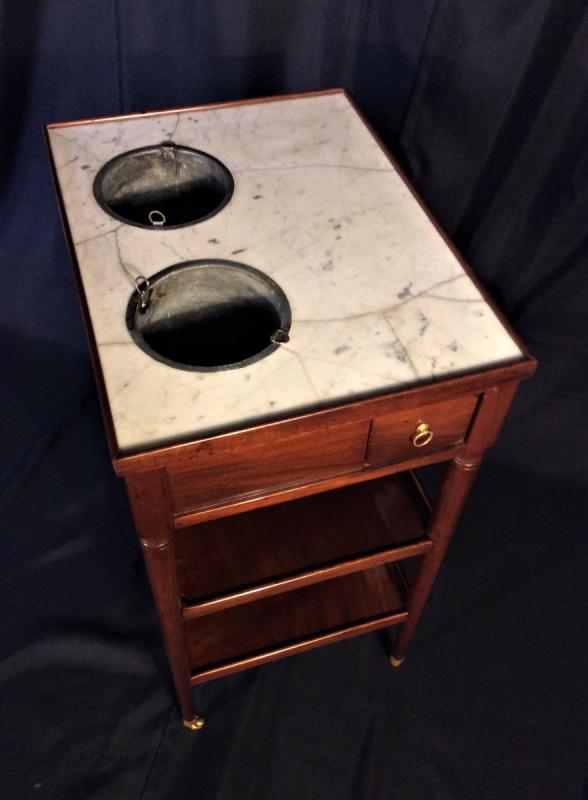



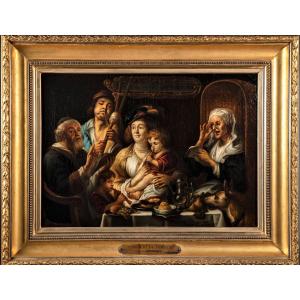


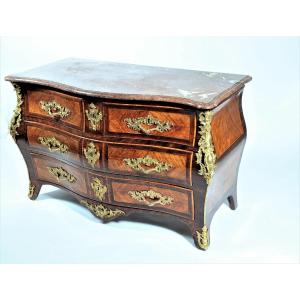
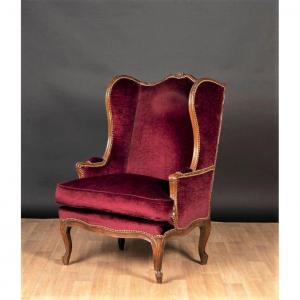
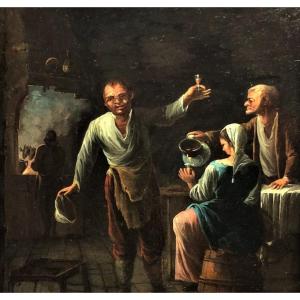

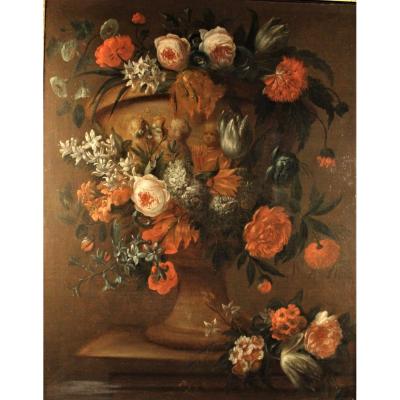
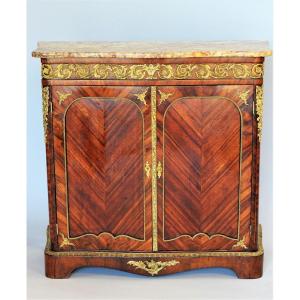





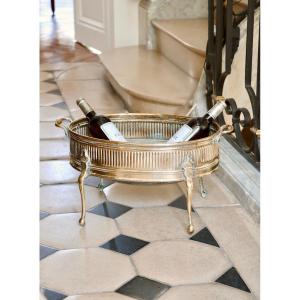
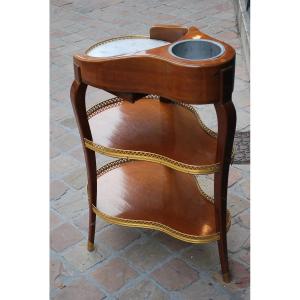


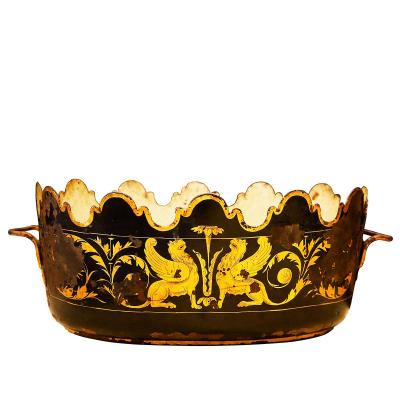




 Le Magazine
Le Magazine Rivista Artiquariato
Rivista Artiquariato TRÉSORS magazine
TRÉSORS magazine